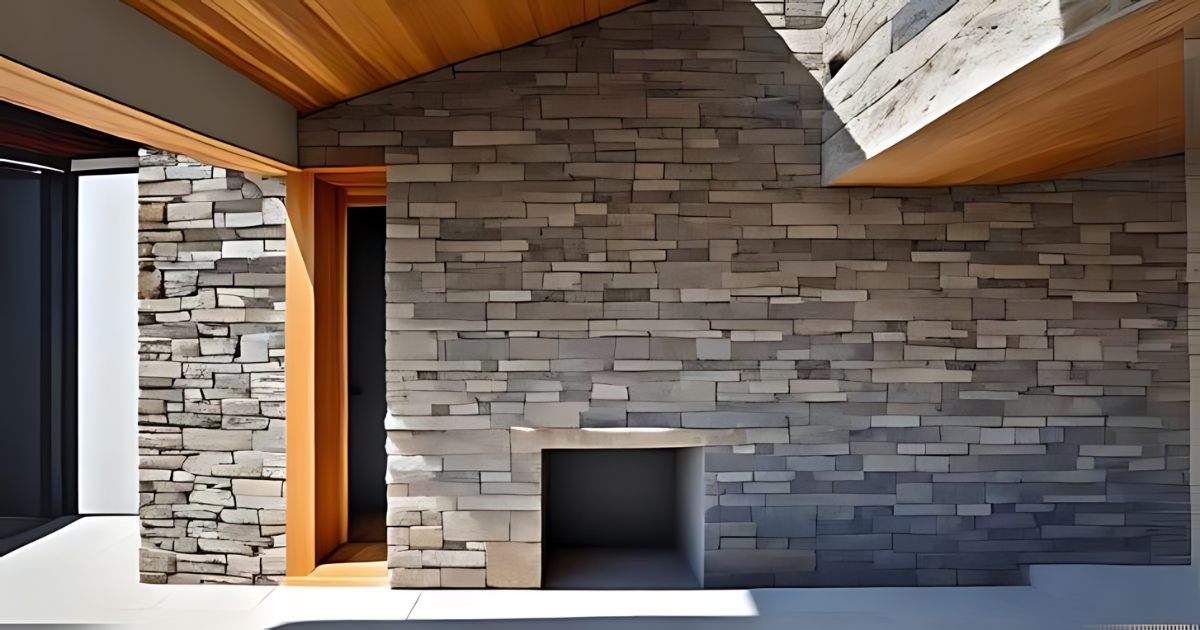Wall cladding, a versatile and aesthetically pleasing architectural technique, has become increasingly popular in both residential and commercial construction. It involves covering the exterior or interior walls of a building with a protective and decorative layer of materials. Beyond its visual appeal, wall cladding serves functional purposes, including weatherproofing and insulation.
Exterior Wall Cladding:
1. Protection: Exterior wall cladding acts as a protective shield against harsh weather conditions, including rain, wind, and UV radiation. This protection extends the lifespan of the building's structure.
2. Thermal Insulation: Some cladding materials provide additional insulation, improving energy efficiency and reducing heating and cooling costs.
3. Aesthetic Enhancement: cladding dramatically enhances the aesthetics of a building. It offers a wide range of design options, from traditional to contemporary, that can complement the architectural style or create a striking contrast.
4. Maintenance Reduction: Cladding materials are low-maintenance and require minimal upkeep, reducing the need for frequent repainting or repairs.
5. Versatility: Common exterior cladding materials include wood, stone, brick, metal, vinyl, and fiber cement, offering a variety of design possibilities.
Interior Wall Cladding:
1. Decorative Enhancement: Interior wall cladding adds character and style to indoor spaces. It allows for the creation of unique and visually appealing wall designs.
2. Durability: Cladding materials for interior walls are chosen for their durability and resistance to wear and tear.
3. Acoustic Control: Certain wall cladding materials can improve acoustic performance by reducing noise transmission, creating a more comfortable and quiet environment.
4. Hygiene: In commercial settings, interior wall cladding can contribute to hygiene and cleanliness, as it is often easy to clean and resistant to mold and bacteria growth.

